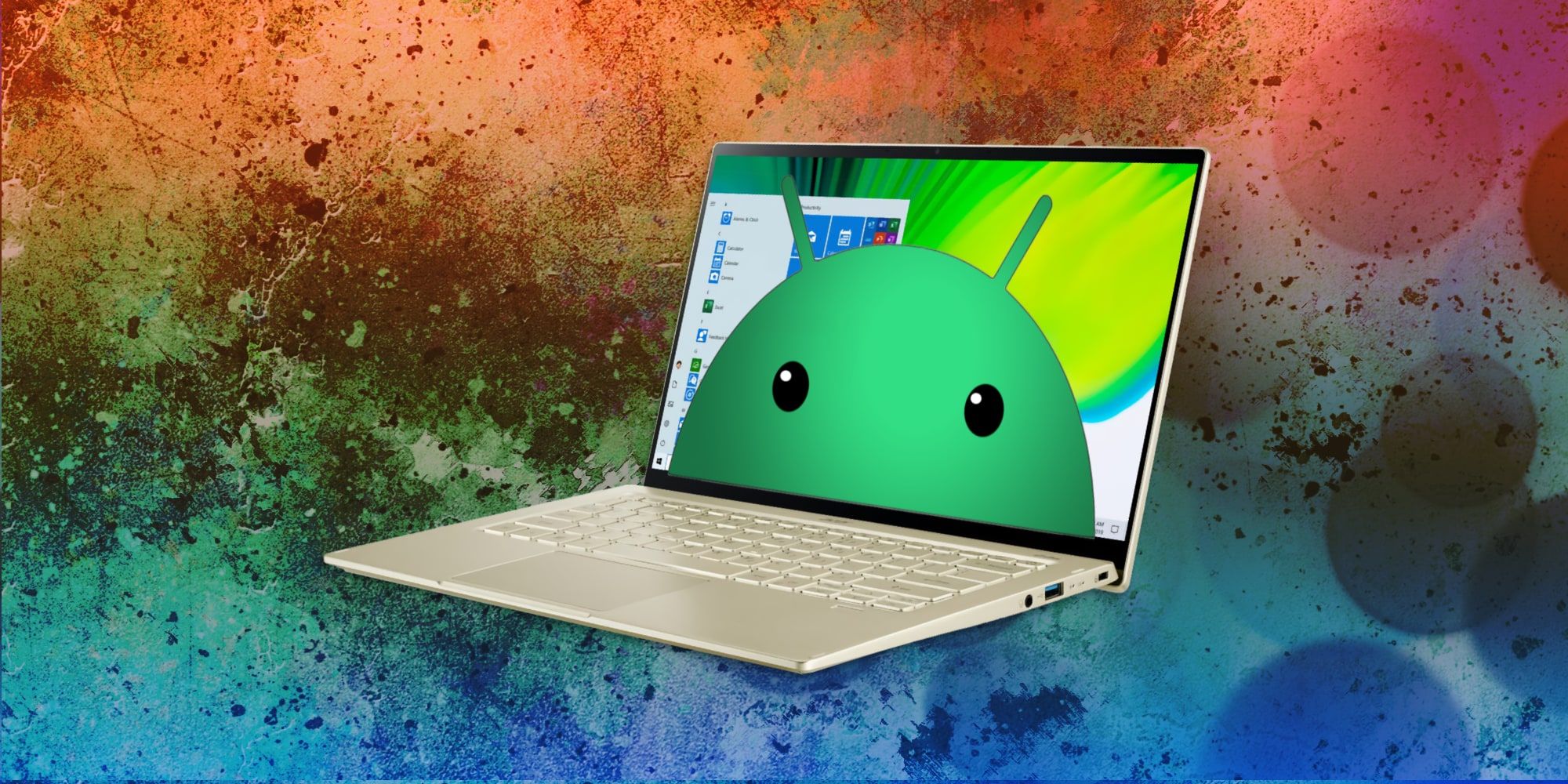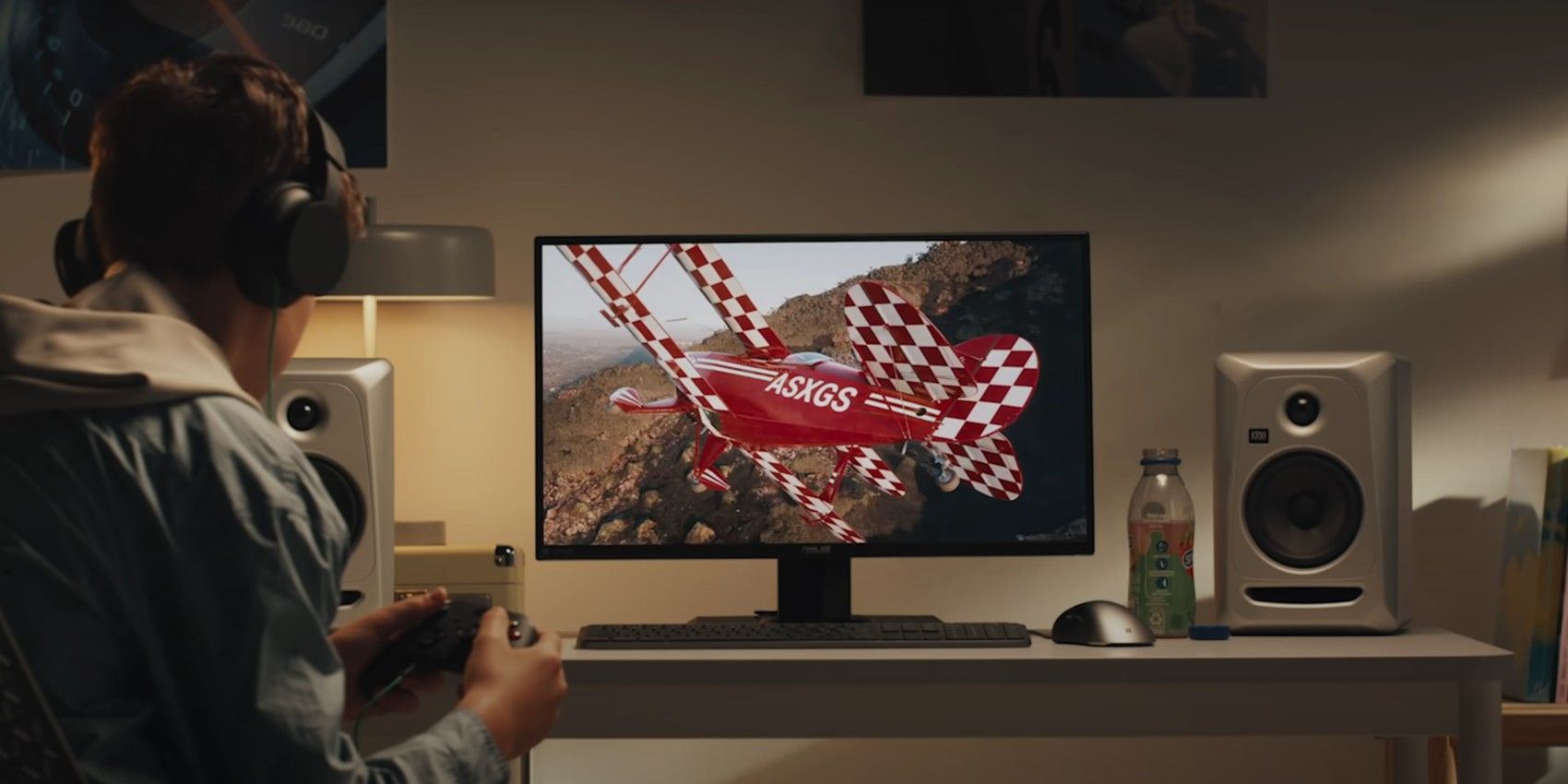Windows 11 can now run Android apps, and that option was recently made available to everyone, but specific requirements need to be met. Since Android is designed for a small touchscreen device and different processors, a significant amount of conversion has to take place behind the scenes to make apps behave properly on a PC, demanding more power than might be expected. Microsoft covered all of the details in a recent support document.
Running Android apps on a PC desktop or laptop is one of the most exciting features of Windows 11. In the early days of Windows 11, this feature was teased, but Microsoft made it clear that it wouldn't be available for quite some time, perhaps gauging interest before investing entirely. However, it was soon apparent that there was strong demand for this capability, and by Oct. 2021, members of the Windows Insider Program were able to test a handful of Android apps on Windows 11.
Microsoft recently opened access to Android apps to all Windows 11 users with over 1,000 Android apps available in Amazon's Appstore. However, there are some hardware requirements and setup needed. The details of what type of computer system is required are a bit more restrictive than might be expected — minimum specifications for the processor call for an Intel Core i3 8th Gen, AMD Ryzen 3000, or Qualcomm Snapdragon 8c or above. A solid-state drive (SSD) is also needed, along with at least 8-gigabytes of memory.
PC Power Needed For Android
A computer typically offers much higher performance, both for running programs and generating graphics, than a smartphone. There are some complicated conversions running in the background to enable Android apps and games on Windows, but some chips released just four years ago don't meet the minimum requirements. Making an SSD necessary is also challenging to understand. It's not like traditional hard drives are slow. Microsoft seems to update the specifications needed for Windows 11 frequently, so perhaps this will change and include more PCs.
For now, Microsoft's Windows Subsystem for Android needs the hardware mentioned above, along with the Amazon Appstore, to browse the greatly expanded selection of Android apps that are available now to Windows 11 owners. Users must also enable virtualization, and Microsoft shared instructions on how to do that, which involves some changes to the computer's firmware. Android apps are now here for all Windows 11 users, as long their computer is powerful enough.
Source: Microsoft 1, 2


